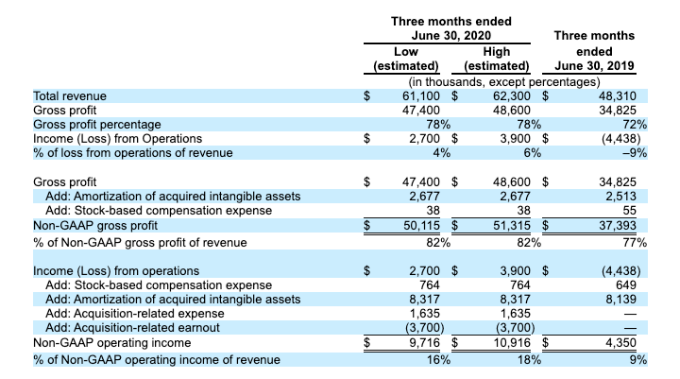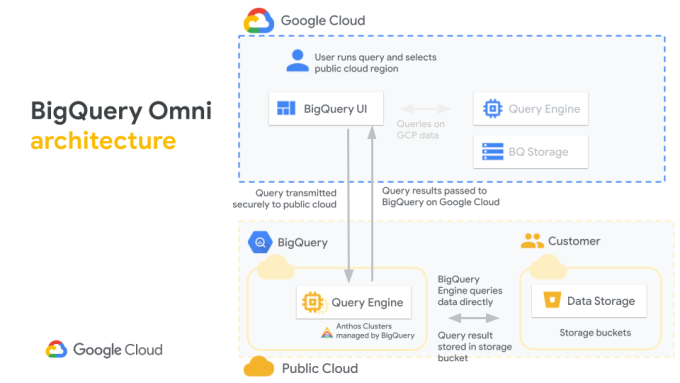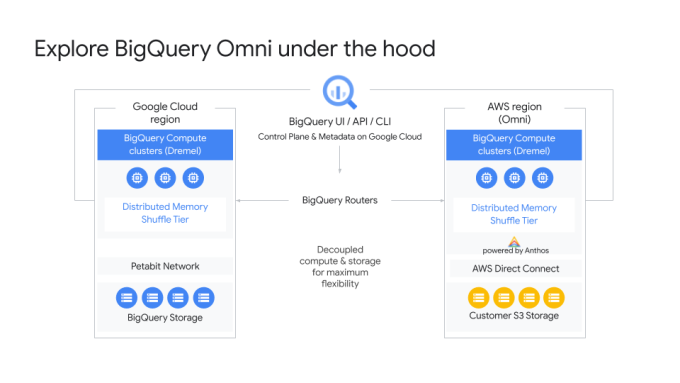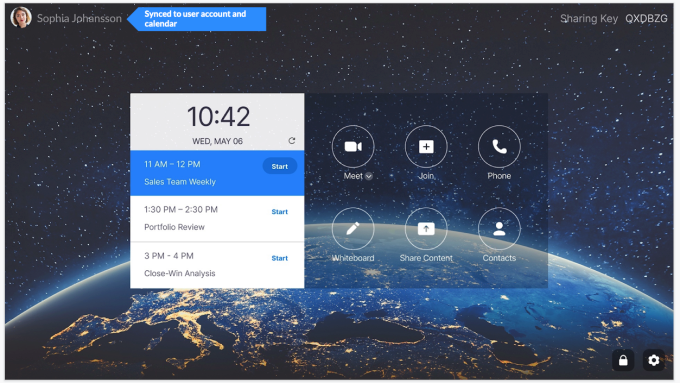Daily Crunch: Slack files antitrust complaint against Microsoft
An antitrust battle is brewing between Microsoft and Slack, Apple continues to defend its App Store policies and Dexterity raises funding for warehouse robots. Here’s your Daily Crunch for July 22, 2020.
PS: I’m going to be on vacation until Wednesday of next week. Until then, I leave you in Darrell Etherington’s capable hands!
The big story: Slack files antitrust complaint against Microsoft
The complaint was filed in the European Union and alleges that Microsoft is unfairly bundling its Teams product with the broader Office suite.
“Microsoft has illegally tied its Teams product into its market-dominant Office productivity suite, force installing it for millions, blocking its removal, and hiding the true cost to enterprise customers,” Slack said in a statement.
When Microsoft first announced Teams in 2016, Slack took out an ad mocking the company and saying it welcomed competition. In April, Microsoft said Teams has grown to 75 million daily active users, compared to the 12.5 million that Slack reported in March.
The tech giants
Apple digs in heels over its App Store commission structure with release of new study — Apple has been commissioning research that defends its 30% commission on App Store purchases.
Spotify and Universal sign new licensing deal, will partner on development of marketing tools — In addition to re-securing Universal’s catalog for the music streaming service, the deal signs up Universal as an early adopter of Spotify’s future products for labels and artists.
Twitter cracks down on QAnon conspiracy theory, banning 7,000 accounts — Moving forward, Twitter said it will be removing QAnon-related topics from its trending pages and algorithmic recommendations and blocking any associated URLs.
Startups, funding and venture capital
Dexterity exits stealth with $56.2 million raised for its collaborative warehouse robots — The startup’s system combines hardware and software for warehouse tasks like bin picking and box packing.
Misfits Market raises $85 million Series B to send you ‘ugly’ fruits and veggies — Users sign up for a weekly produce box and can also add chocolate, snacks, chips, coffee, herbs, grains, lentils, sauces and spices.
YC-backed Glimpse helps Airbnb hosts make money through product placement — Airbnbs could the perfect place to convince someone to try a new mattress or a new kind of coffee.
Advice and analysis from Extra Crunch
What you need to know before selling your company’s stock — Part 3 of financial adviser Peyton Carr’s guide for startup founders.
Messenger tools can help you recover millions in lost revenue — Rank Secure CEO Baruch Labunski says messenger tools have helped a single client recover more than $5 million in lost revenue.
(Reminder: Extra Crunch is our subscription membership program, which aims to democratize information about startups. You can sign up here.)
Everything else
GEDmatch confirms data breach after users’ DNA profile data made available to police — The company said that during the breach, “Users who did not opt-in for law enforcement matching were also available for law enforcement matching, and conversely, all law enforcement profiles were made visible to Gedmatch users.”
Go SPAC yourself — I’d never heard of SPACs before today, but the latest episode of Equity explains that they could offer a way for companies to go public through a different pricing mechanism.
The Daily Crunch is TechCrunch’s roundup of our biggest and most important stories. If you’d like to get this delivered to your inbox every day at around 3pm Pacific, you can subscribe here.
![]()










